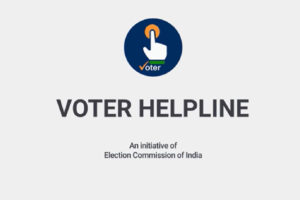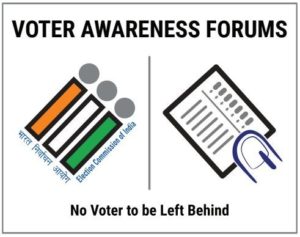The behaviors of people in voting for a party or others at state and federal or central levels in elections have important social and political implications. It can have economic reflections as well in terms of the policies implemented by the chosen leaders. We can say that voter behavior is influenced by the loyalty pattern of the people. There is an important correlation between how the voter perceives and measures his satisfaction with what the party has achieved and how the person deals with the impacts of the policy. It can help in finding the intention of a person voting for the same party more than once.
Whatever the choice of a voter may be, important parts of decision matrix are the information about the party or the political leader, his own beliefs guided by the social conditions and the discussion which the person gets involved in, which processes the collective information which the person has. This is also directly affected by the identity of a particular party which is guided by the inherent agenda and the social backdrop.
Voting behavior is dependent on multiple factors which include loyalty, gender, level of education, employment condition, cultural backdrop, and social condition of class, ethnicity, creed, race, and religion. The factors have different levels of importance at national and regional elections. Religion actually guides to a larger extent the voting pattern in the national elections and occasionally at the regional level. All these factors impact their political belief which guides their voting tendencies and preferences. Generally, it has been observed that the elections at the national and state/provincial levels are different in terms of people’s perceptions and outlooks towards what they expect from the leaders at the local level as compared to the expectations from the leaders at the national level.
In this context the IMB Model (information-motivation-behavioral) based study plays an important role in predicting the changes of behavior among the population. The model suggests that whether an individual is motivated to vote or not is guided by the information with him as well as from the immediate environment which can be the family, kiths, and kins. The act of voting can also in certain conditions produce emotional responses, especially when the people contesting the polls represent the same kind of ideology which the majority of voters vouch for, be it in terms of religious, social, class, race, or ethnicity.
Cross-sectional observational data has been the base for the majority of the classic studies on the consequences of electoral systems and voting behavior. Waves of democratization around the world especially after the World War-II in the first series of decolonization and after the Soviet collapse of 1991, have resulted in the accessibility and greater availability of survey data.
This has helped in increasing the number of observations and countries under the electoral behavioral analyses. The big peril in this type of research is a bias known as the “omitted-variable bias”. This bias points out the anomaly in the prediction by the statistical tools used in the behavioral studies occurring due to the absence of data of one or more important variables that could have been missed by the people carrying out the study. Such variables may be the income level, the per capita income, the healthcare expenditure, and others which impact the voting behavior even remotely.
The prediction of voting behavior is still not completely understood. Political science has advanced the study of voters’ decision-making in a socio-political context with the involvement of economic factors. It is only in recent times, that a shift has been found towards the behavioral studies which make more precise predictions about the voters’ decision-making in any given context.
The author is a student member of Amity Centre of Happiness.
Editor Opinion, Biswarup Mukhopadhyay has given important inputs for the article.





